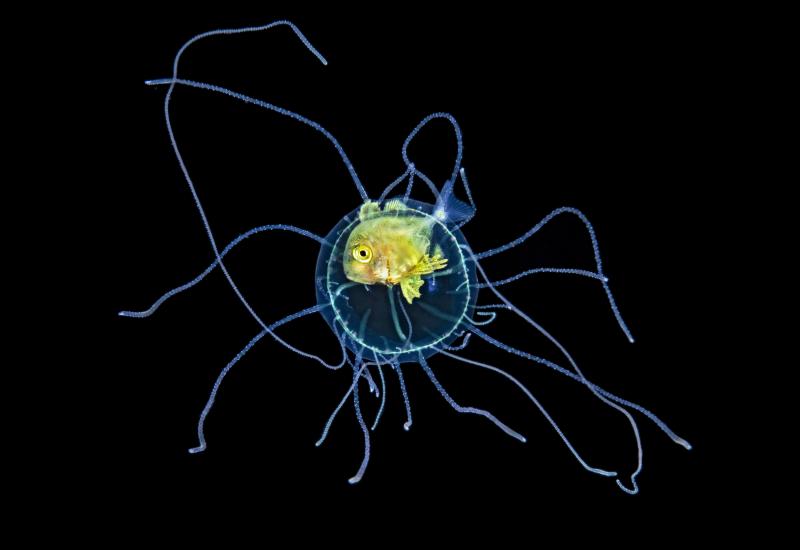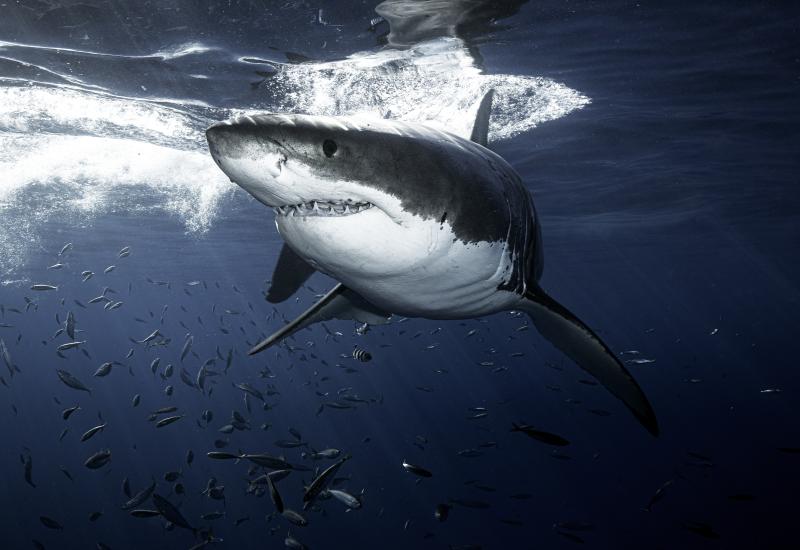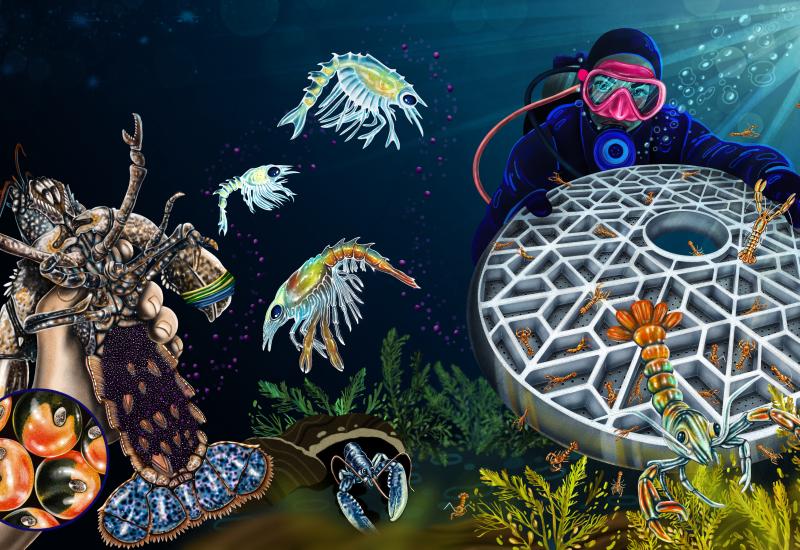Scuba Diving Lizards Use Rebreather-Like Bubble to Breathe Underwater

Lindsey SwierkWhen submerged, the lizard continually breathe the same air from the bubble attached to its snout.
Move over, Galapagos marine iguanas. There’s a new “scuba diving” lizard to see underwater — although it may be slightly harder to find on a dive.
Researchers from New York’s Binghamton University and the University of Toronto recently observed several species of anoles, which are lizards often kept as pets, that have evolved to breathe underwater by recirculating air into a bubble that clings to their snouts.
These lizards have hydrophobic skin that repels water and creates a thin layer of air around their bodies when they swim. Scientists believe this allows the anoles to exhale and re-inhale from a small air pocket, which they can do dozens of times in a single dive.
“We found that semi-aquatic anoles exhale air into a bubble that clings to their skin,” the study’s lead author Chris Boccia says in a statement. “The lizards then re-inhale the air, a maneuver we’ve termed ‘rebreathing’ after the scuba-diving technology.”

Lindsey SwierkA rebreathing anolis clings to the substrate in Costa Rica.
Using an oxygen sensor, scientists found that the concentration of O2 in the rebreathed bubble decreased over the span of the dive. This indicated that lizards could only stay submerged for as long as they had oxygen to use. In some cases, lizards spent up to 18 minutes underwater.
Scientists speculate the lizards, which are found near streams across Latin America and the Caribbean, likely have evolved their “scuba diving” technique to avert predators. More research is need, however, to know for sure. Along with the behavioral patterns and evolution of the lizards, researchers are plan to further investigate the physiology behind the diving. This will allow scientists to determine whether or not the anoles draw oxygen from the water around them during the rebreathing process.
“The finding that different species of semi-aquatic anoles have evolutionarily converged to extract oxygen from their rebreathed air bubbles leads to other exciting questions,” Lindsey Swierk, an assistant research professor at Binghamton University, says in the statement. “Anoles are a remarkable group of lizards, and the number of ways that this taxon has diversified to take advantage of their environments is mind-boggling.”










